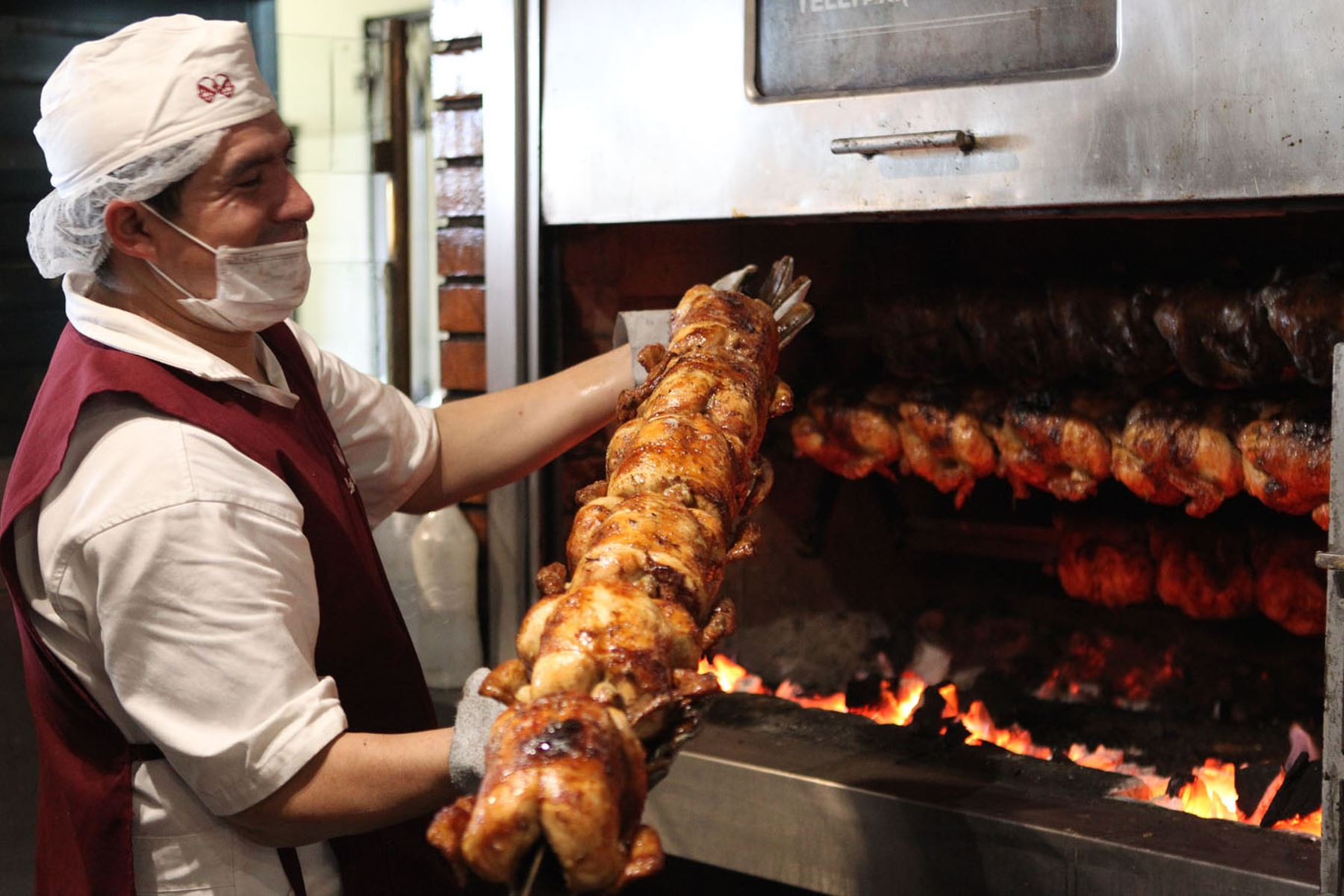
Declared Cultural Heritage of the Nation in 2010, rotisserie chicken plays a crucial role in the economic chain of our country. Around 150 million are produced annually, representing 20% of national production. This figure generates revenues of around $1.544 billion per year, according to Euromonitor International. Thus, this Sunday we celebrate not only its importance in the culinary field but also its contribution to the national economy.
Grilled chicken, in addition to being one of our signature dishes, It is a driving force for job creation, thus boosting multiple sectors, such as the poultry, agricultural, transportation and consumer industries.reported MSD Animal Health Peru.
At the local level, there are approximately 13,000 rotisserie chicken restaurants in Peru; Lima is the region with the largest number of establishments. Meanwhile, abroad, Peruvian rotisserie chicken has achieved international franchise status, expanding and being sold in countries such as the United States, Argentina, Venezuela, Chile, Bolivia, Brazil, Canada, Ecuador, Spain, Japan, China and even the United Arab Emirates, according to figures from the Peruvian Poultry Association (APA).
This Sunday, like every third Sunday in July, as part of its celebration, the APA will carry out various activities nationwide, including food fairs, special promotions in chicken shops and informative talks on the importance of poultry farming in Peru. This is in order to promote responsible and conscious consumption of grilled chicken, as well as highlight its cultural and economic value.
What is the history of rotisserie chicken?
The preparation of grilled chicken originated around 1950 in Santa Clara, Chaclacayo, thanks to the Swiss immigrant Roger Schuler.who observed and experimented with different cooking techniques. This is how he discovered the method of cooking with charcoal and salt, and with the help of Franz Ulrich, the “El Rotombo” oven was designed, which allowed for uniform cooking of several chickens at the same time, making its use with firewood especially popular.
Over the years, the recipe has been perfected, adding Peruvian seasonings such as huacatay and ají panca, making the pollo a la brasa increasingly distinctive. Traditional accompaniments from the beginning have been French fries and salads, and creams have become an essential, depending on the customers’ preferences.
Source: Larepublica
Alia is a professional author and journalist, working at 247 news agency. She writes on various topics from economy news to general interest pieces, providing readers with relevant and informative content. With years of experience, she brings a unique perspective and in-depth analysis to her work.











